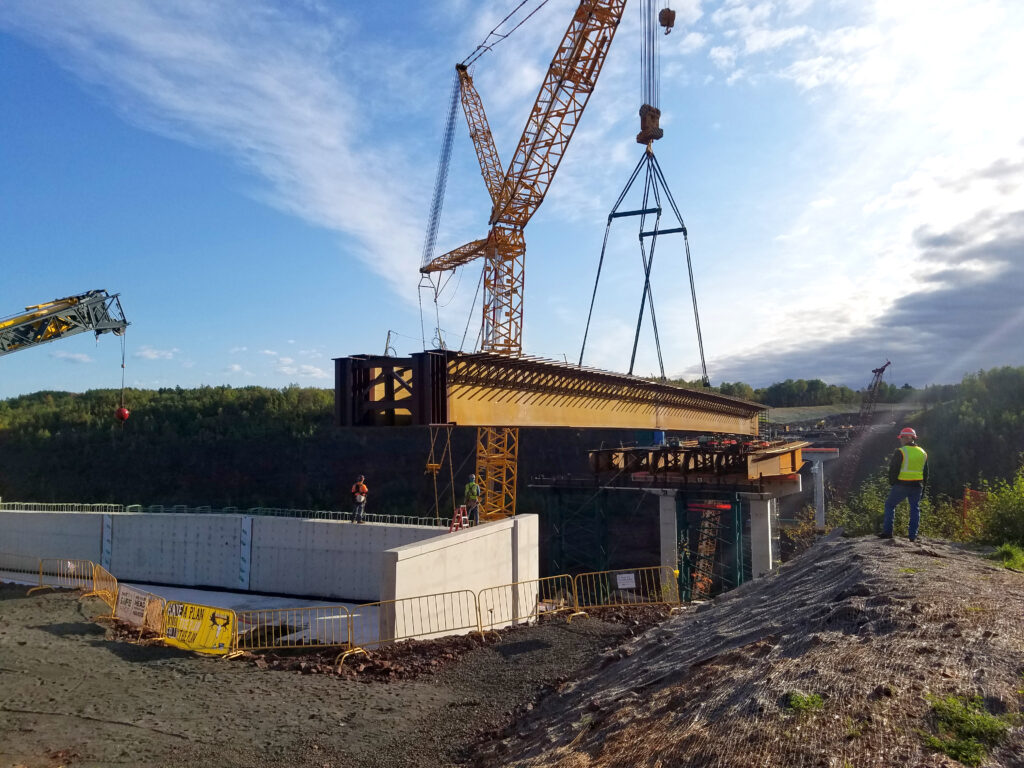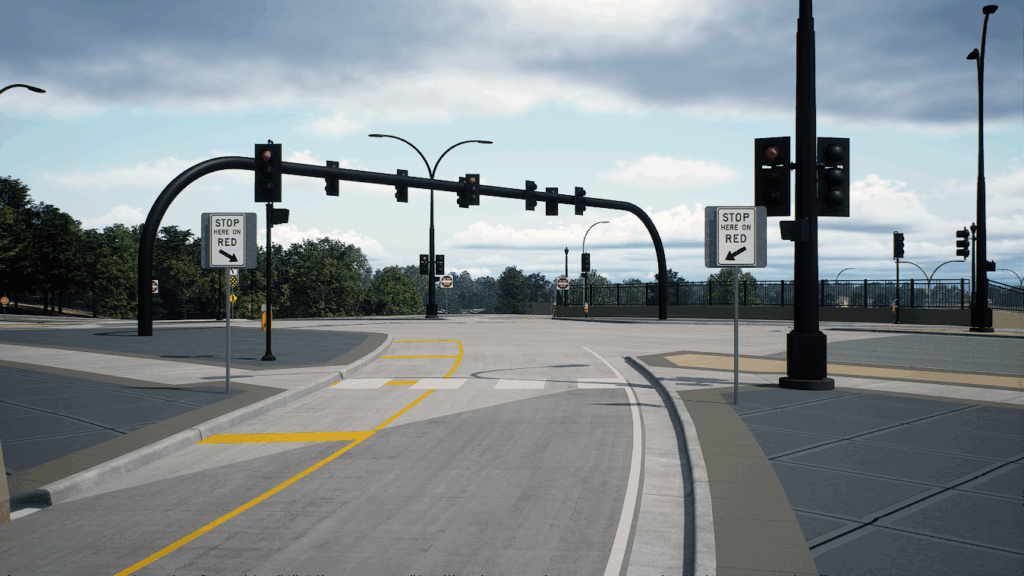Insights
Protecting the Endangered Northern Long-Eared Bat: What It Could Mean for Your Project

March 13, 2023
Northern long-eared bats are suffering significant population declines due to a number of factors including white-nose syndrome and summer and winter habitat loss. As a result, the U.S. Fish and Wildlife Service (USFWS) recently changed the status of the northern long-eared bat from federally threatened to endangered. The change will go into effect on March 31, 2023. Projects that may impact individual northern long-eared bats or their habitat will no longer be protected under the 4(d) Rule. These impacts include tree removal and collisions with wind turbines.
The full extent of how this new endangered designation will affect project schedules or project feasibility is still unknown. However, before the status change takes effect and the USFWS releases the new northern long-eared bat determination key, there are some key items to consider.
What projects will be affected?
This change will apply to all projects within the northern long-eared bat’s range. If your project received a “No Effect” or “Not Likely to Affect” determination from the USFWS, it is still valid under the new restrictions. However, if your project received a “Likely to Adversely Affect” determination, coordination with the USFWS will have to be re-initiated.
Suitable habitat of the northern long-eared bat includes trees that have cavities, sloughing bark, and deep crevices. Additionally, trees that are three inches or more in diameter at approximately chest height are potentially suitable habitats. Furthermore, individual trees can be considered suitable habitat if they are within 1000 feet of another suitable habitat. Understanding the habitat suitability of your project area is essential to follow USFWS guidelines and to avoid and minimize the risk of northern long-eared bat take.
So, what does this mean for my project?
The new implications of the status change will likely result in stricter windows and thresholds for tree removal. Northern long-eared bat surveys such as habitat assessments, presence/probable absence surveys, and emergence surveys may be required before tree removal or the construction of wind farms. There may also be mandated requirements and mitigation efforts for project-specific incidental take permits or habitat conservation plans. Projects may also need to further coordinate with the USFWS based on the results of the determination key.
Not sure of how this new designation will impact your project or where to start?
At WSB, we conduct northern long-eared bat habitat assessments and surveys, complete incidental take permit applications, and develop habitat conservation plans to help your project move forward as smoothly as possible, while meeting the USFWS requirements.



